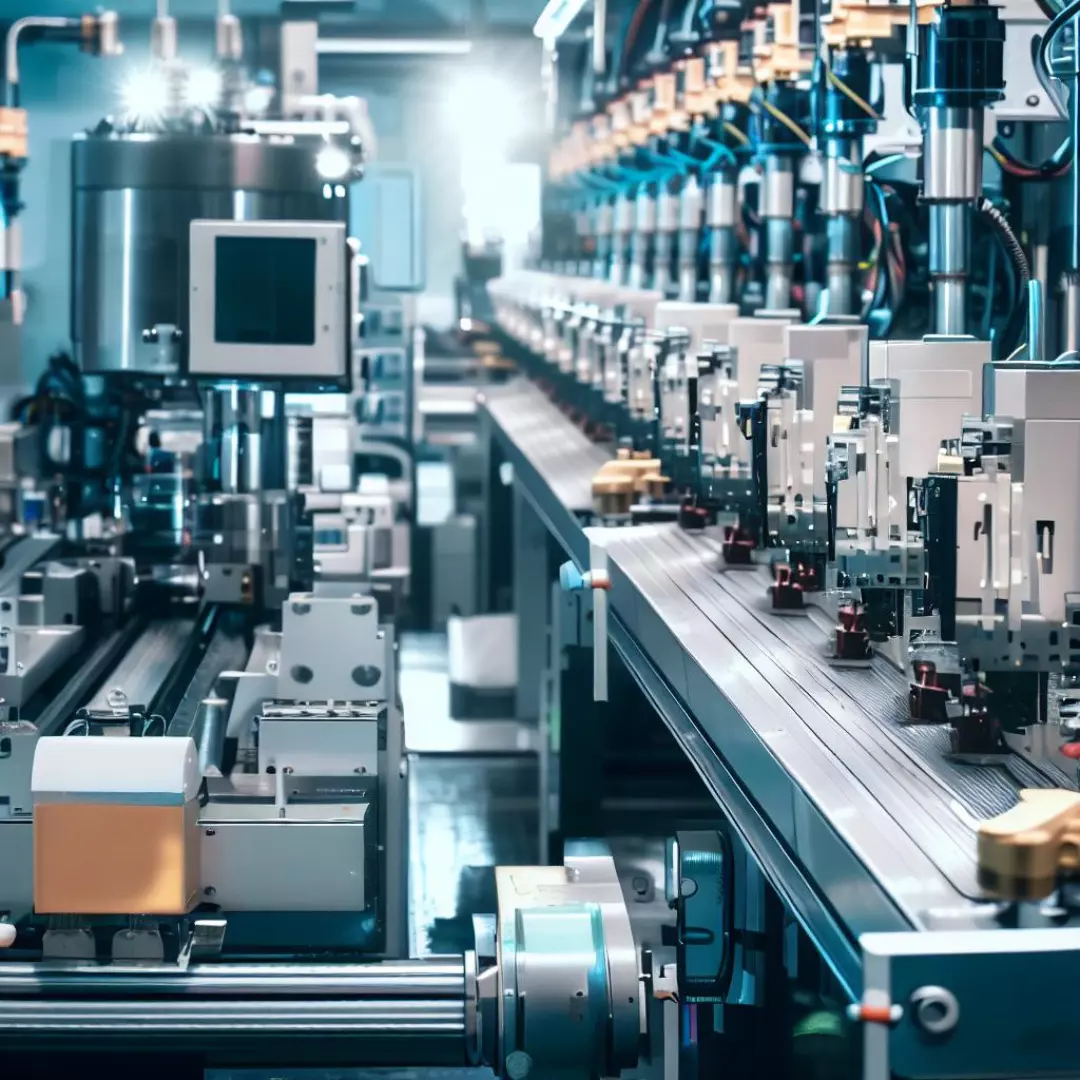Automated Production Line Systems
Automated production line systems are becoming increasingly popular in the manufacturing industry due to their ability to streamline production, reduce costs, and increase efficiency. These systems utilize automated equipment and technology to perform tasks that were traditionally performed by humans. In this article, we will explore the benefits of automated production line systems and how they are transforming the manufacturing industry.
Benefits of Automated Production Line Systems
Increased Efficiency
One of the main benefits of automated production line systems is increased efficiency. These systems can perform tasks with greater speed and accuracy than humans, which can significantly increase production output. Additionally, automated systems can operate 24/7 without the need for breaks or downtime, which further increases efficiency.
Improved Quality Control
Automated production line systems can also improve quality control by minimizing errors and defects. These systems use sensors and other technology to detect and correct errors in real-time, ensuring that products are manufactured to the highest standards. This can help reduce waste and improve customer satisfaction.
Cost Reduction
Automated production line systems can help reduce costs by minimizing the need for manual labor. This can result in lower labor costs and reduced overhead expenses. Additionally, automated systems can help reduce the risk of workplace injuries, which can result in lower insurance costs.
Components of Automated Production Line Systems
Automated production line systems consist of several key components, including:
Robotics
Robotic systems are a key component of automated production line systems. These systems use robotic arms and other equipment to perform tasks such as welding, painting, and assembly. Robotics have become increasingly sophisticated in recent years, with the ability to perform complex tasks with greater precision than ever before.
Conveyor Systems
Conveyor systems are another important component of automated production line systems. These systems move products along the production line, allowing for continuous production without the need for manual intervention. Conveyor systems can be customized to meet the specific needs of each production line.
Sensors and Control Systems
Sensors and control systems are essential components of automated production line systems. These systems monitor production processes in real-time, detecting and correcting errors as they occur. This helps ensure that products are manufactured to the highest quality standards.
Software and Programming
Software and programming are critical components of automated production line systems. These systems use software and programming to control robotic systems, conveyor systems, sensors, and other equipment. This allows for greater precision and control over the production process.
Applications of Automated Production Line Systems
Automated production line systems are used in a wide range of industries, including automotive, electronics, food and beverage, and pharmaceuticals. These systems can be customized to meet the specific needs of each industry and production line.
Automotive Industry
Automated production line systems are widely used in the automotive industry to manufacture vehicles and vehicle components. These systems can perform tasks such as welding, painting, and assembly with greater speed and accuracy than humans.
Electronics Industry
Automated production line systems are also used in the electronics industry to manufacture electronic components such as circuit boards and microchips. These systems can perform tasks such as soldering and assembly with greater precision than humans.
Food and Beverage Industry
Automated production line systems are increasingly being used in the food and beverage industry to manufacture products such as canned goods and bottled beverages. These systems can perform tasks such as filling, labeling, and packaging with greater speed and accuracy than humans.
Pharmaceuticals Industry
Automated production line systems are also used in the pharmaceuticals industry to manufacture medications and medical devices. These systems can perform tasks such as filling and packaging with greater precision than humans, ensuring that medications are manufactured to the highest standards.
Conclusion
Automated production line systems are transforming the manufacturing industry by increasing efficiency, improving quality control, and reducing costs. These systems consist of several key components, including robotics, conveyor systems, sensors and control systems, and software and programming. They are used in a wide range of industries, including automotive, electronics, food and beverage, and pharmaceuticals. As technology continues to advance, the use of automated production line systems is expected to become even more widespread.





